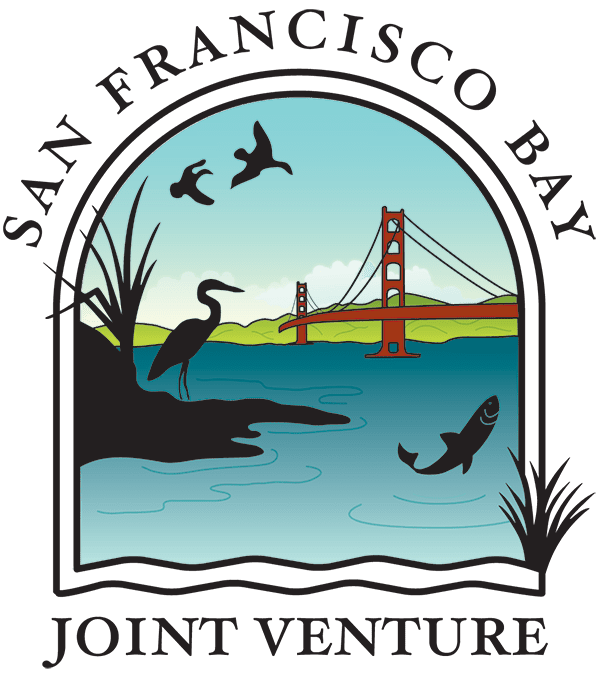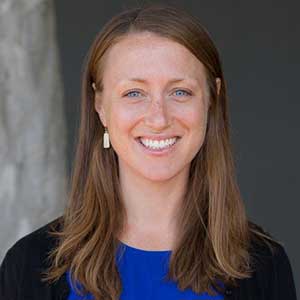Position: Environmental Planning Team Lead, US Army Corps San Francisco District
July 2021
Julie joined the SF District of the US Army Corps of Engineers (USACE) as an Environmental Planning Team Lead in the beginning of 2021. She also leads the District’s effort to incorporate Engineering with Nature principles into all USACE efforts and will step into the role of Environmental Planning Section Chief later this summer. She describes the people she works with as “a group of talented biologists, ecologists, hydrologists, and archaeologists” who together provide environmental compliance, monitoring, alternatives development, and many other environmental services to flood risk management, ecosystem restoration projects, and navigation projects in the SF District.
Julie’s professional journey began working as a Peace Corps Volunteer in the West African country of Guinea, followed by a job working with the California Land Stewardship Institute in Napa, Sonoma, and Mendocino Counties. Through those two experiences, she learned about the importance of community-focused natural resource management along with how to observe and document natural processes on the earth’s surface. With a desire to put some math and other technical skills behind those observations, she went back to graduate school at UC Berkeley to learn more about watershed management, fluvial geomorphology and environmental planning.
At her core, Julie is a field scientist driven to understand riverine and coastal processes through efforts like mapping bank stratigraphy and erosion, vegetation patterns, or characterizing sediment sources and quantifying sediment transport and watershed yields. Over the course of her career she has moved downstream from the headwaters, through the mainstems of rivers and streams, to the SF Estuary and has thought a lot about and studied the impacts of sea level rise on our watersheds.
Prior to joining USACE, Julie worked with the San Francisco Estuary Institute for what she calls “a transformative 10 years.”With projects ranging from historical ecology investigations of local watersheds, to large scale mapping projects of shoreline erosion and infrastructure, her proudest achievement was her lead role developing the SF Bay Shoreline Adaptation Atlas. This resource offers a new way of thinking about the scale at which we must tackle the sea level rise crisis in our region by employing nature-based adaptation measures along the shoreline.
At USACE, one of the projects she’s really excited about is an effort to pilot the strategic placement of dredged material in the shallows of the Bay to help marshes and mudflats keep pace with sea level rise. This project uses the power of waves and tides to move material onshore thereby mimicking a process similar to a large depositional storm. In our sediment starved Bay it’s akin to giving this process a nudge, but still letting the water do the work, hopefully in a cheaper, and less impactful way. Julie moved from SFEI to the USACE to try and influence the way a large organization uses natural and nature-based features in this region, and across the country. She has taken the tools she developed and learned during her time at SFEI, as well as from the rivers, streams and shorelines throughout California, and is now applying that body of knowledge to complex water resource problems, with hopes of making a difference!
One thing Julie thinks constantly about is climate adaptation – both locally and globally. Her work has focused on how communities can adapt to climate change equitably using nature-based solutions as much as possible. It motivates her every day to keep doing this challenging work, especially when she looks at her kids, which she says “is cheesy, but true.” Julie lives in Oakland with her two kids, husband, several chickens and a very old cat. She often drags her family out to the wetlands and beaches of the SF Estuary, or to hike around the East Bay hills, and sometimes coerces them to do field work (with mixed results)! When she has very rare alone time, she loves to run, do yoga, read, or go standup paddle boarding on the Bay.

